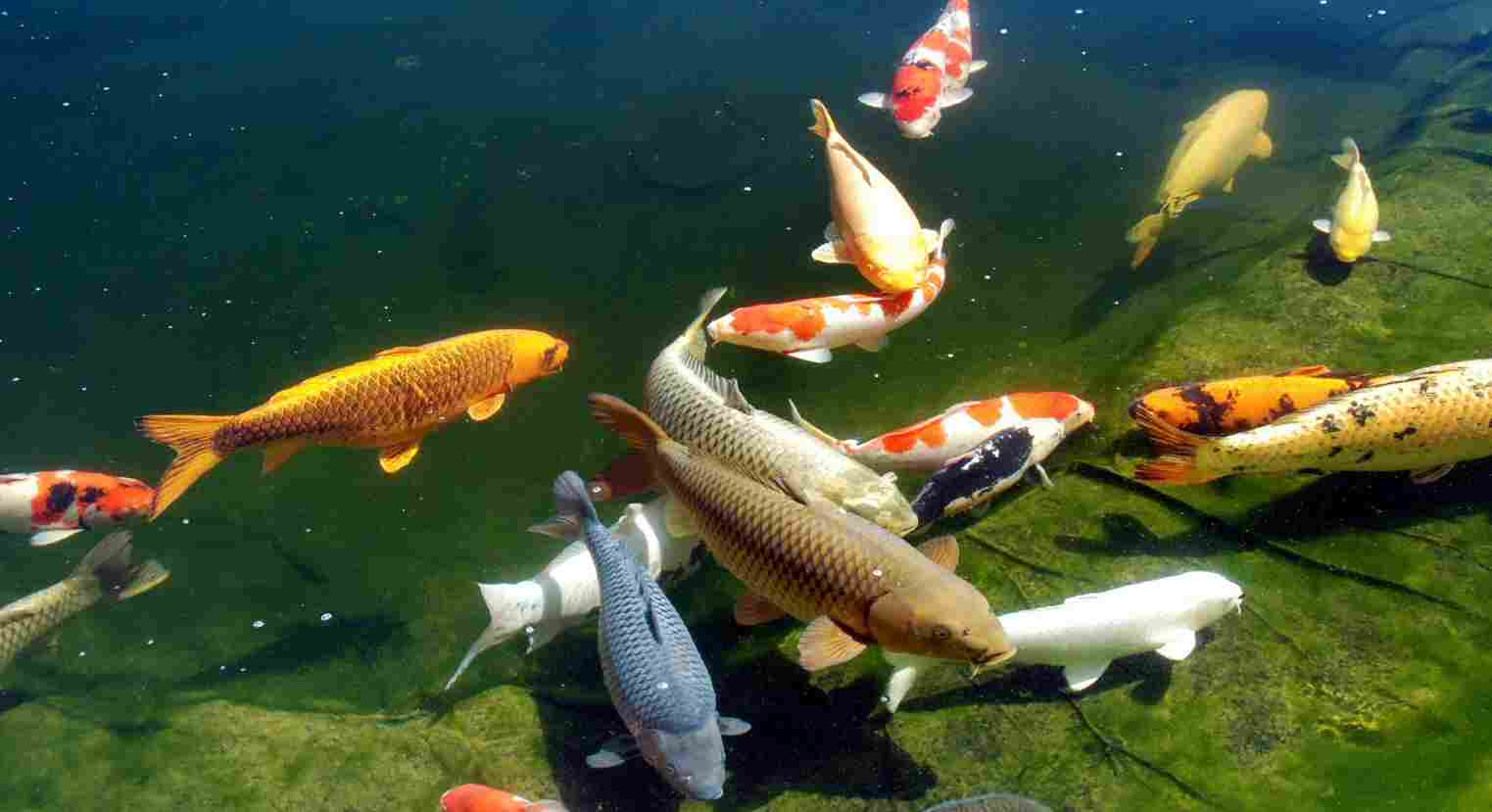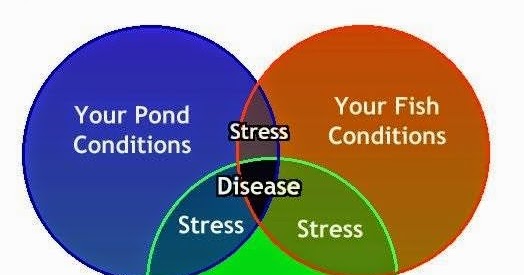
Koi Pond Diseases: A Complete Guide to Keeping Your Koi Healthy and Happy
Introduction
Koi ponds are a beautiful addition to any garden or landscape. With their vibrant colors and graceful movements, koi fish are a sight to behold. However, keeping a koi pond healthy can be a challenging task, especially when dealing with fish illnesses and diseases.
In this article, we’ll take a closer look at the most common koi pond diseases, their causes, symptoms, and how to prevent and treat them.
Common Koi Pond Diseases
Here are some of the most common koi pond diseases:
1. Ich or White Spot Disease
Ich or white spot disease is a parasitic infection that affects the skin, fins, and gills of koi fish. Infected fish develop small white spots or patches on their body, which can cause irritation, flashing, and rubbing. If left untreated, ich can lead to secondary bacterial infections and even death.

2. Dropsy
Dropsy is a bacterial infection that affects the kidneys and can cause fluid accumulation in the body of koi fish. Infected fish develop a swollen abdomen, protruding scales, and pinecone-like appearance. Dropsy can spread quickly and may result in death if not treated promptly.

3. Fin Rot
Fin rot is a bacterial infection that affects the fins of koi fish. Infected fish develop ragged, frayed, or decaying fins, which can affect their ability to swim and balance. Fin rot can also lead to secondary fungal infections and cause further damage to the fish’s health.

4. Ulcers
Ulcers are open wounds or sores that can develop on the skin of koi fish. They can be caused by bacteria, parasites, or injuries. Infected fish develop reddish, bloody, or swollen areas on their skin. Ulcers can be painful and may lead to further infections if not treated promptly.
Causes of Koi Pond Diseases
Koi pond diseases can be caused by a variety of factors, including poor water quality, overcrowding, poor diet, stress, and environmental factors. Here are some of the most common causes of koi pond diseases:
1. Poor Water Quality
Poor water quality is one of the leading causes of koi pond diseases. High levels of ammonia, nitrites, nitrates, and pH fluctuations can stress fish and weaken their immune system. Dirty and stagnant water can also harbor harmful bacteria, viruses, and parasites that can infect fish.

2. Overcrowding
Overcrowding is another common cause of koi pond diseases. Too many fish in a limited space can result in poor water quality, stress, and aggression. Overcrowding can also make it more difficult to treat and prevent diseases.

3. Poor Diet
A poor diet can weaken the immune system of koi fish and make them more vulnerable to diseases. Feeding fish with low-quality or expired food can also lead to digestive problems, bloating, and other health issues.

Preventing Koi Pond Diseases
Preventing koi pond diseases is essential to keep your fish healthy and happy. Here are some tips to prevent koi pond diseases:
1. Maintain Good Water Quality
Maintaining good water quality is the most important aspect of koi pond maintenance. You should test your water regularly and make necessary adjustments to pH, ammonia, nitrite, and nitrate levels. Also, make sure to clean your filters, remove debris, and perform regular water changes to keep your pond healthy.

2. Avoid Overcrowding
To prevent overcrowding, you should calculate the maximum number of fish that your pond can support and avoid adding more fish than the recommended limit. Also, make sure to provide adequate space, hiding places, and oxygenation for your fish.

3. Provide Balanced Nutrition
To provide balanced nutrition for your koi fish, you should feed them with high-quality food that contains all the necessary vitamins, minerals, and nutrients. You can also supplement their diet with vegetables, fruits, and live food.
Treating Koi Pond Diseases
Treating koi pond diseases depends on the type and severity of the illness. Mild infections can be treated with salt baths, water temperature adjustments, and antibiotics. However, more severe infections may require professional treatment or even euthanasia if the fish’s quality of life cannot be restored.
1. Salt Baths
Salt baths are a common treatment for koi pond diseases. Salt can help to reduce the stress, swelling, and irritation caused by infections. To perform a salt bath, you should dissolve aquarium salt or kosher salt in a clean container with pond water and submerge the fish for a few minutes. Make sure to rinse the fish with fresh water after the bath and monitor their behavior.

2. Water Temperature Adjustments
Water temperature adjustments can also help to treat koi pond diseases. Some infections, such as ich, can be treated by increasing the water temperature to 82-86°F for a few days. This can speed up the life cycle of parasites and make them more susceptible to medications.

3. Antibiotics
Antibiotics may be necessary to treat bacterial infections, such as dropsy or fin rot. However, antibiotics should be used carefully and according to the instructions of a veterinarian or a professional fish keeper. Overuse or misuse of antibiotics can lead to drug resistance and other complications.

Conclusion
Koi pond diseases can be a serious threat to the health and well-being of your fish. By understanding the most common types of diseases, their causes, symptoms, and treatments, you can take proactive measures to prevent and treat them. With proper pond maintenance, balanced nutrition, and prompt action, you can keep your koi fish healthy and happy for years to come.